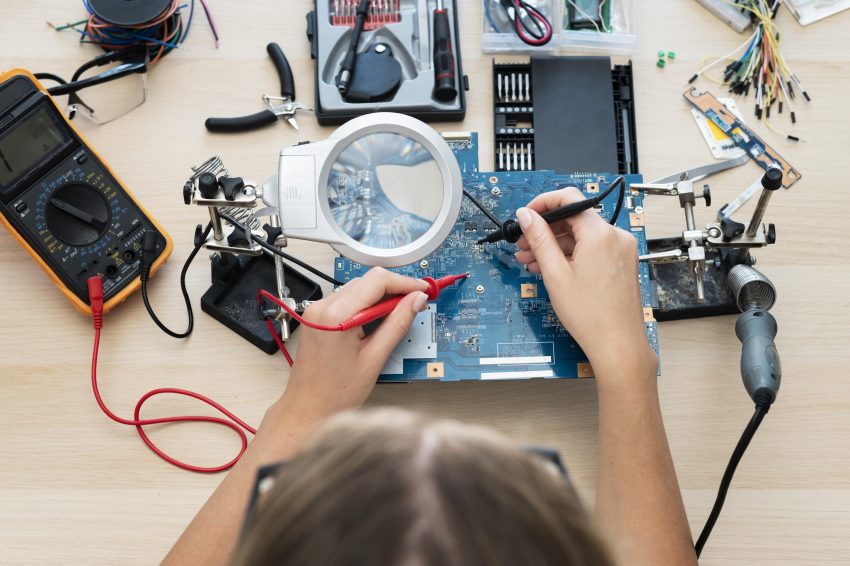Short circuit analysis is a fundamental process in electrical engineering which is particularly useful in determining the safety and stability of an electrical power system in a fault. It is crucial in planning and operation of industrial and utility power system. By conducting short circuit analysis, engineers are able to correct placement and rating of protective devices to provide a quick isolation of fault in order to reduce damages.
Understanding Short Circuit Analysis
Short circuit analysis involves studying how an electrical power system behaves when an abnormal connection, or fault, occurs. A short circuit occurs when two points of different voltage in a circuit come into direct contact with minimal or no resistance between them. This results in a sudden surge in current flow, which can lead to equipment damage, fire hazards, or system outages if not managed properly.
Short circuit analysis enables engineers to calculate the value of fault current, the thermal and mechanical loads on equipment, and the circuit breakers and protective relay has the ability to interrupt the fault safely. It is a critical analysis in the design of new systems and maintenance of an existing system.
Types of Faults
In short circuit analysis, different types of faults is identified based on how the conductors are affected:
- Three-phase fault: This is a fault involving all three phases of a system. It is the most severe and symmetrical type of fault and often used as the worst-case scenario in system design.
- Line-to-line fault: Occurs when two phases come into contact. This type of fault can be caused by insulation failure or external interference like falling tree branches.
- Line-to-ground fault: Involves one phase coming in contact with the ground. It is the most common fault in power systems.
- Double line-to-ground fault: Happens when two phases are connected to the ground, typically due to external damage.
Each fault type has a different impact on the system, and short circuit analysis helps calculate the fault current associated with each, guiding the choice of protective equipment.
Fault Current
Fault current is extremely high flow of electric current through the circuit during a fault. Depending on the impedance between the source and the fault location, the value of this current is dependent. Analysis carried out to determine these fault currents during short circuit analysis prevent the electrical devices to break electrical or other devices against short-circuit currents.
Severe damage on conductors, transformers, motors, and circuit breakers is liable to result since the fault current is high. Therefore, accurately calculating the fault current is critical for selecting appropriate equipment and designing protective schemes.
Short Circuit Capacity
The short circuit capacity or interrupting capacity is the largest fault current that a particular electrical equipment or protective device can manage to clear safely. Each circuit breaker and fuse have a given short circuit rating. Should fault current be higher than this rating, the device could have a possibility of failure to open the circuit which is dangerous to the system and personnel.
In short circuit analysis engineers will compare the fault current limits with the short circuit rating of the equipment. This comparison makes the system fail-safe and reliable.
Importance of Short Circuit Analysis
Conducting short circuit analysis provides multiple benefits:
- Equipment protection: Ensures that circuit breakers, relays, and fuses are correctly rated to handle fault conditions.
- System reliability: Minimizes the impact of faults and prevents cascading failures.
- Operational safety: Reduces the risk of injury or fire caused by electrical faults.
- Compliance: Helps meet regulatory requirements and standards related to electrical safety.
Conclusion
Electrical system design and operation involves a very important technique known as short circuit analysis. With knowledge of such critical concepts as types of fault, fault current, and short circuit capacity, engineers will be able to safeguard gear and ensure stability of the system in the state of faults. Short circuit analysis is one of the core technologies on which much of the progress in the electrical infrastructure can be continued whether in planning new installations or the maintenance of old ones.

